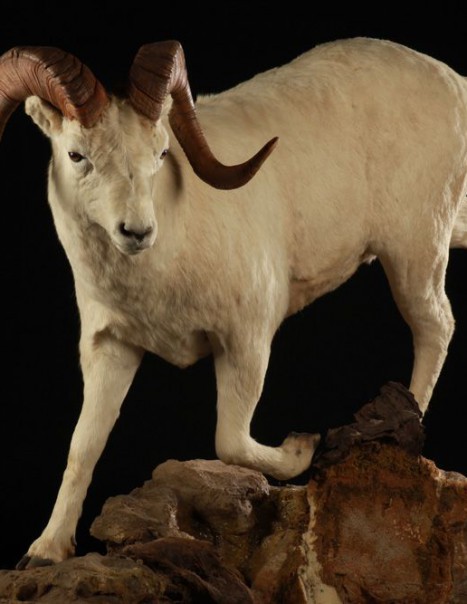Dall sheep – Ovis dalli
Dall sheep – Ovis dalli
The Dall sheep is a subspecies of wild sheep from the Northwest regions of North America.
These mammals are divided into three subspecies. Unlike other subspecies of bighorn sheep, which are brown, black or gray, white Dall sheep is pure white, it weighs less and has slightly shorter horns. These animals have quite brown horns curved.
We find the white Dall sheep in Alaska and in parts of the Yukon. Genetically, there is no distinction between subspecies of sheep, but the color difference is explained by their geographic distribution. Indeed, during the last deglaciation, the populations of bighorn sheep were separated and found themselves in very different habitats. To protect themselves from attacks by predators, they blended their environment. White sheep were in the snowy regions of North America, where their color.Dall sheep feed on subalpine grasses and small shrubs. Most of them migrate with the seasons, for access to food. In summer, they graze in the pastures near the summits. It is in July and August they feed the most to build up reserves during winter. At the end of August, they join the slopes of the mountains that make up their wintering grounds. They can stay there for more than 9 months. During this period, they dig the snow to try to find grass. In the spring, sheep replenish their stores of micronutrients lost during the winter. They join saline for weeks to graze there. After they leave and head for the snowy alpine areas or summer to find new growth.
They live in colonies. Males gather separated from females. They live in hierarchical band depending on the size of the horns. They approach females during periods of mating, usually in November and December. Lambs are usually born in spring.





